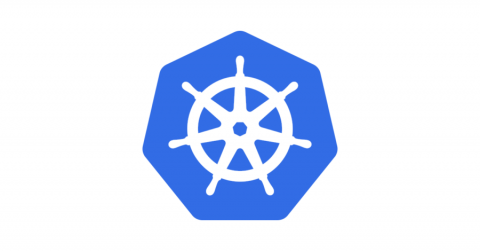KlusterKit - Enable Kubernetes based Architectures in Air Gapped Deployments
Early adopter enterprises across verticals such as Retail, Manufacturing, Oil & Gas are looking to incorporate containers and Kubernetes as a way of modernizing their applications. Choosing k8s as a standard ensures that these applications can be deployed these on different data center infrastructures (bare metal/VMware/KVM on OpenStack etc) or on public clouds (AWS/Azure/GCP etc).





